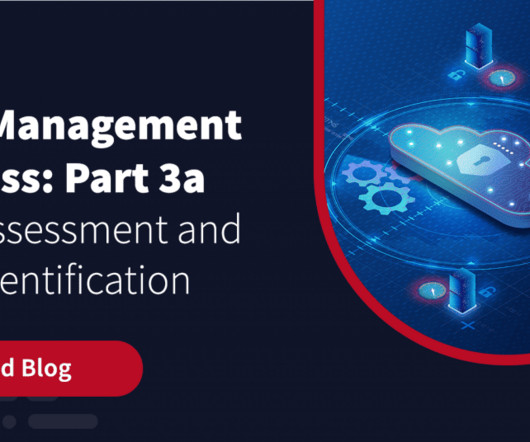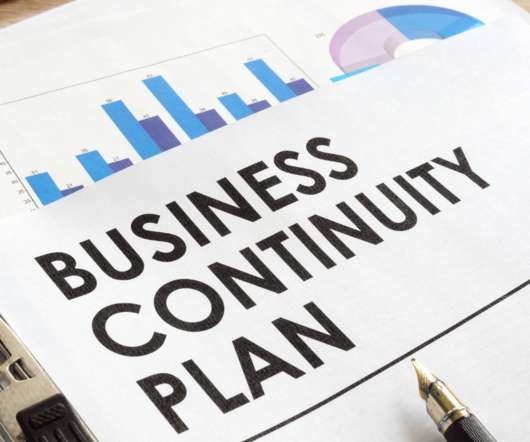Risk Management Process- Part 1: Overview
Zerto
APRIL 6, 2023
Risk management describes how a business identifies, analyzes, and responds to threats and risk factors that impact its profitability, viability, and strategic goals. Risk management attempts to control future threats by planning preemptively and deploying effective risk-control measures.
























Let's personalize your content